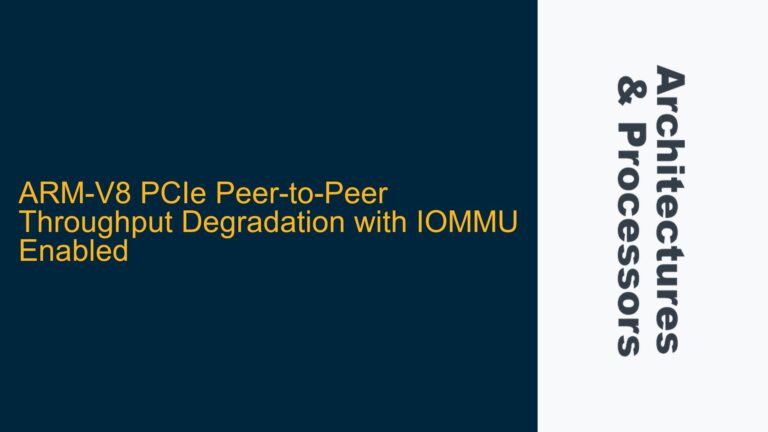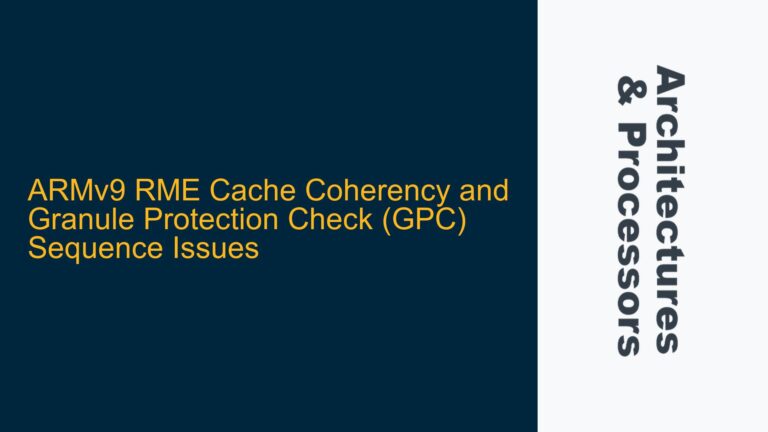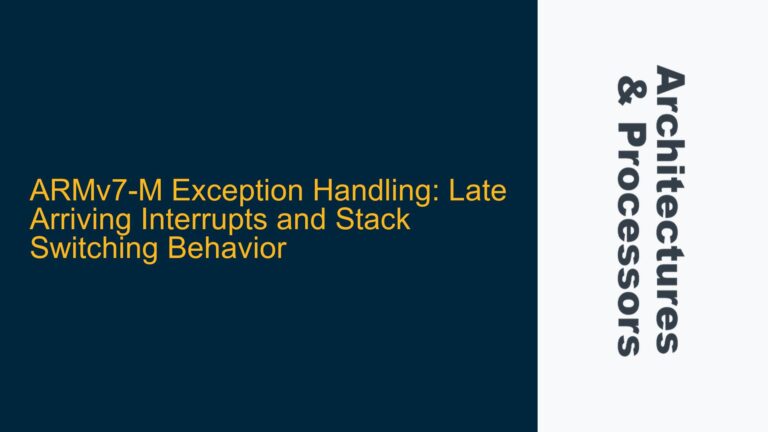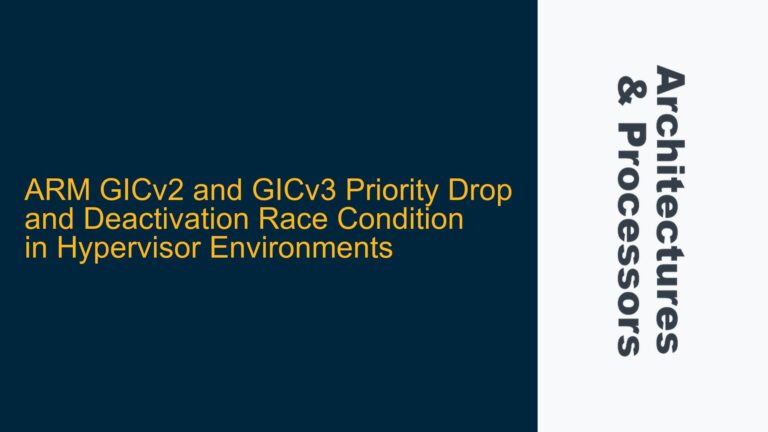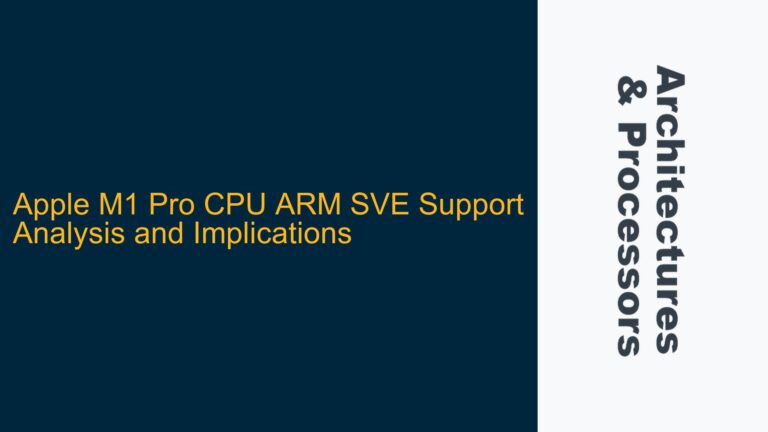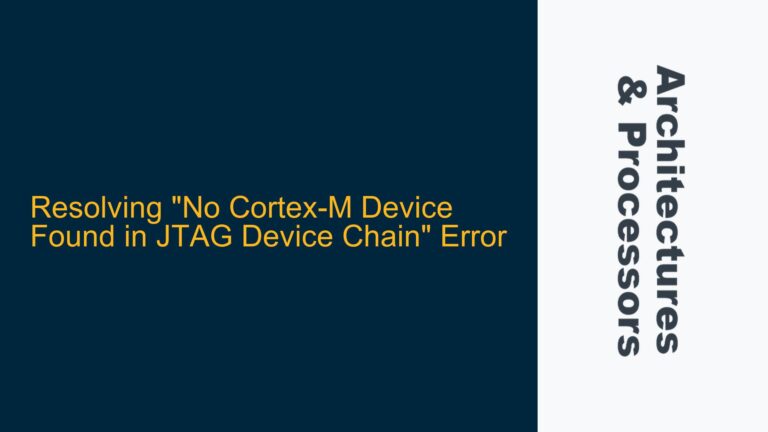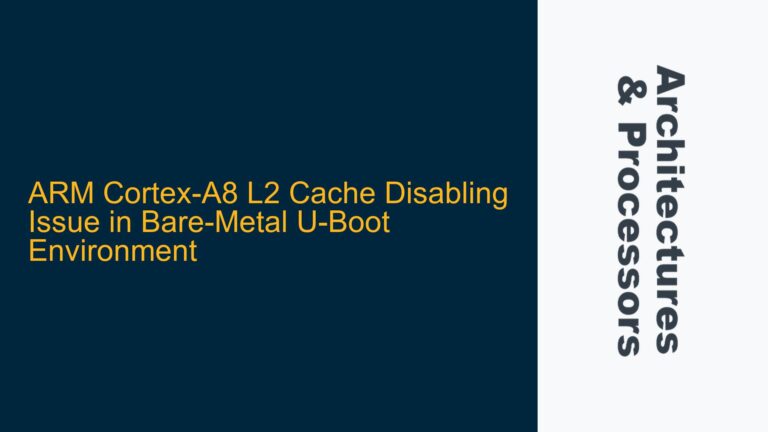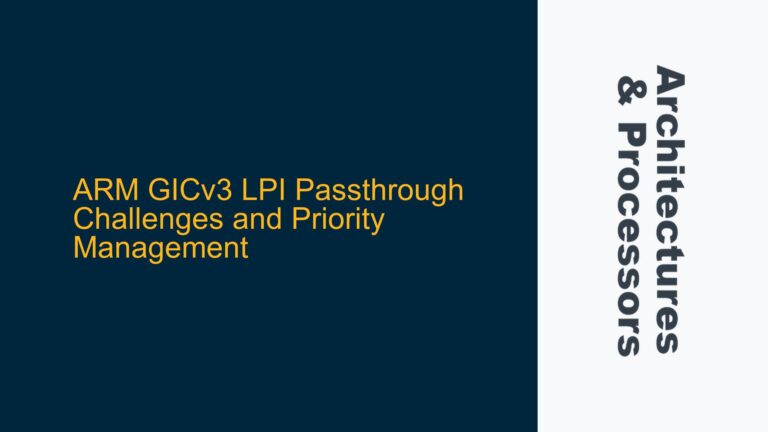ARM-V8 PCIe Peer-to-Peer Throughput Degradation with IOMMU Enabled
ARM-V8 PCIe Peer-to-Peer DMA Performance Drop Due to IOMMU_MMIO Attribute The core issue revolves around a significant performance degradation observed during PCIe peer-to-peer transactions between two GPU cards on an ARM-V8 server when the IOMMU is enabled. The throughput drops from an expected 28GB/s to a mere 4GB/s. This degradation is traced back to the…
